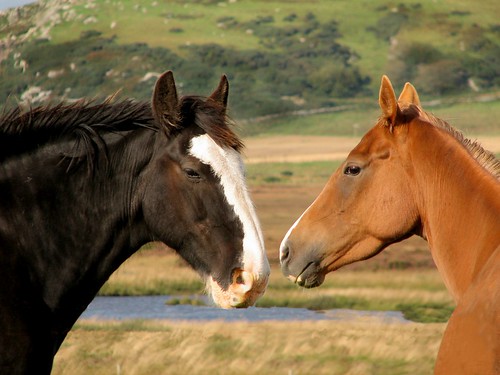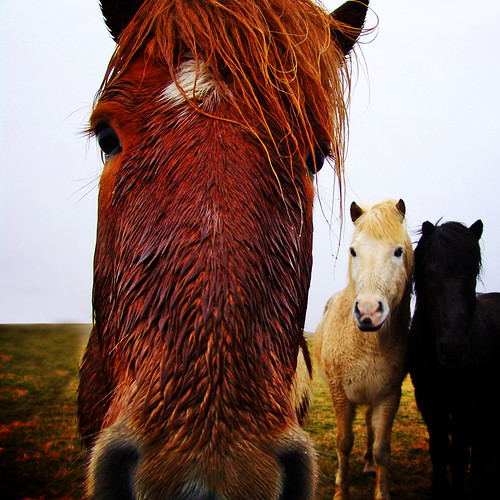Equine Assisted Psychotherapy
EAP
I attended a refresher course on Equine Assisted Psychotherapy last weekend.

I first heard about EAP about 10 or 12 years ago, when I met a lady in the USA called Sandra Hodgeson. She had been using horses in rehab clinics in the USA and I was very impressed with what I saw. It was just a few years later that EAP training first came the UK and I signed up to train right away.
In the many years since then the training for EAP has evolved and there is now an organisation for accrediting practitioners called EAGALA. I decided it would be an idea to refresh my training and get the new certificates from EAGALA so I have just done that.

It is important to understand that EAP has no requirement for and has nothing to do with horsemanship. This is a “good thing” as I only just about learned how to stay on a horse as a youngster but I’m not sure I would want to chance it again now.
I have always been particularly fearful of the back end of the horse in case it kicks, but I have learned from horsey types that it is really the front end of the horse that I should be more worried about. On that topic, safety is taken extremely seriously, from picking the right horses to work with, through to constant monitoring of the activity.

EAP is best understood as a team effort. There is a horse professional, a therapist, a horse and a client. All work together to gain understanding through experiences in the activities. Each of them plays an active role, the horse professional noting the behaviour of the horse, the horse having a wide variety of responses and the client doing as much as they feel comfortable.
It’s probably the therapist who has the smallest role. So much is discovered by the patient themselves in the activity, that there is relatively little left for the therapist to do.
I always wondered if it would be possible to use other animals than horses but I think horses are particularly well suited to this sort of activity. It seems that as horses are herd animals,they are intrinsically social. On top of that they are also quite sensitive. All of these properties make them incredibly sensitive for therapy work.
There are many different therapeutic excercises we can do with the horses in EAP. All of this work takes place on the ground, no riding is necessary.
A typical exercise might involve having the horse go around a course but without touching it at all. It sounds really hard and it can be. Sometimes these tasks also involve restrictions like no talking or no touching the horse,and sometimes they don’t. Either way, I find it so easy to explore issues via the horses that I would find very difficult to acknowledge in a regular therapy situation.
I don’t know why it is so effective exactly but it just seems to make problems seem so clear and there is immediate feedback when I try and change. I think that really helps. I can see right away if another way of being is more helpful.
Anni Tidmarsh and Tracie from Winds of Change Scotland were excellent trainers. They have a training school along with a therapy place and are well worth visiting if you have a chance.
There are so many different therapies out there and each of them will suit different people. EAP may well not be everyone’s cup of tea, but for those who are prepared to give it a go with an open mind, I bet they will be surprised how far and how fast they can work with is compared to other treatments.
Robin
